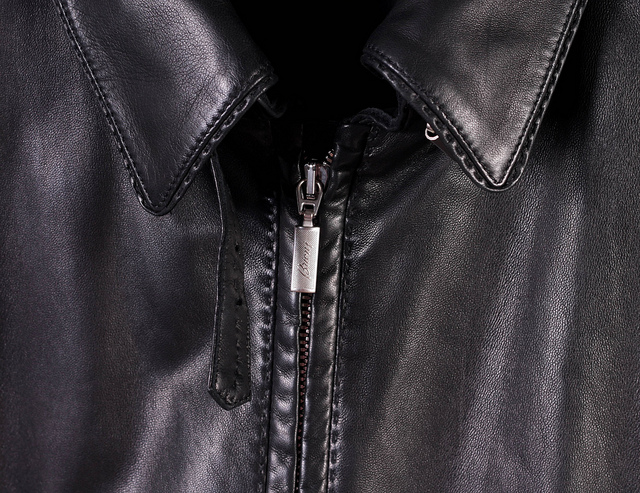Leather is arguably one of the most prized and sought after textiles in the world. Its unique combination of style, strength, durability and visible aesthetics makes it an attractive choice for jackets and other garments. But just because a jacket “looks” like it’s made of leather doesn’t necessarily mean that it is. Many companies use fake (also known as faux) leather to mimic its appearance and characteristics. So, how can you tell the difference between real and faux leather?
Check The Edges
Inspect the edges to see whether they are the rough or clean. Faux leather is often made with clean-cut edges that are completely symmetrical, whereas genuine leather features rough edges and corners with visible imperfections. Of course, some products won’t have edges, so you’ll have to look at other elements to determine if it’s real or not. This method alone isn’t a fool-proof way to determine the authenticity of leather, but it’s one more tool that can help.
Smell It
You can often determine whether a leather product is real or fake simply my smelling it. Genuine leather has a distinct, yet pleasurable, odor that’s not found elsewhere. It’s hard to describe it without smelling it yourself, but I guess you could compare it to a deeper pine scent with hints of bark. Faux leather, on the other hand, smells more like plastic. Try placing your nose up to the product and taking a couple of whiffs. If it smells like plastic with heavy hints of chemicals, it’s probably fake.
Check The Tag
Of course, another way to verify the authenticity of leather is to look for the manufacturer’s tag. Most leather products — jackets, shoes, belts, etc. — will have a tag stating that are made of genuine leather. Unfortunately, however, not all leather products will contain a tag, and even it does, it may not state the material(s) from it was made.
Look For The Pores
Leather is a porous material with thousands upon thousands of individual holes scattered across the surface. Many faux leather products attempt to mimic this characteristic but ultimately come up short in achieving the same look. If you’re skeptical about the authenticity of a leather product, closely inspect it under a light. If it’s porous with natural-looking pores, then it’s probably real.

